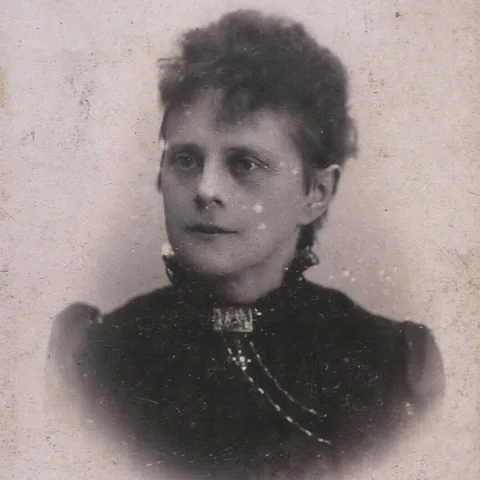More like this:
• Why the year’s most acclaimed film flopped
• 12 of the best films to watch this October
• Why Lady Macbeth is a misunderstood villain
When Hedda landed on the London stage, also in 1891, that first UK production played a large part in cementing the play’s standing in wider Europe. Though Ibsen’s work was “taboo”, says Shepherd, the actor Elizabeth Robins set about putting on an opulent staging at the Independent Theatre – a small-scale venue where more avant-garde works were performed to avoid “censorship” elsewhere in the major theatres. “[Her production] brought a kind of panache to Ibsen that people hadn’t been expecting, and they couldn’t just sweep him aside as some old-fashioned, dowdy, or stodgy playwright. It was stylish and horrifying, all at the same time,” says Shepherd.
 Alamy
AlamyThis sense of splendour, feverishness and voluptuousness that has perhaps since been lost in recent revivals is something DaCosta’s version attempts to channel. “The particular [productions] I had seen were very traditional, very rigid, and didn’t really dig into the humour that I saw in the piece, the thriller aspects of it and the depth of the psychology,” explains the director. “[Hedda] finds it impossible [to deal with] what she sees in other people, which is everyone lying and pretending, even though she’s the best pretender of them all. I think she sees that as a survival technique. But there are so many other dynamic things about her that drew me to her, like her many masks, […] her vulnerability, her pain, her sadness, her feelings of being trapped.”
Hedda’s set clamours with mirrors, serving as a reminder that the characters refract each others’ qualities. Over the course of this frenzied night of revelry, the three women – Hedda, Eileen and Thea – jostle against each other and make their own, different bids for power. “You have these three women who are all trying to figure out what freedom is, asking the same questions that Hedda is asking in the play,” says DaCosta.

